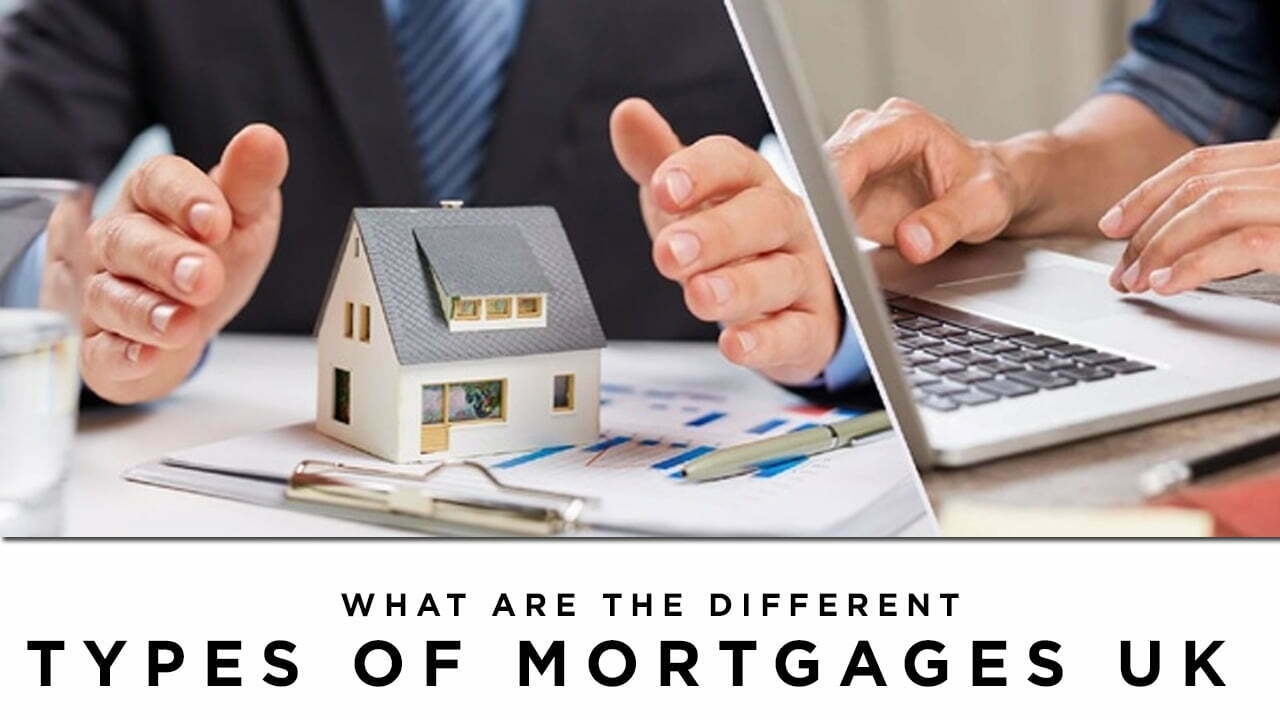In the UK, there are several types of mortgages available to homebuyers and property owners. These include:
- Fixed-rate mortgages: With a fixed rate mortgage, the interest rate stays the same for a set period of time, typically 2, 3, 5, or 10 years. This means your monthly payments will remain consistent during this time.
- Variable rate mortgages: With a variable rate mortgage, the interest rate can fluctuate based on changes in the market. This means your monthly payments may go up or down over time.
- Tracker mortgages: Tracker mortgages have an interest rate that is linked to the Bank of England’s base rate. If the base rate goes up, your interest rate and monthly payments will also go up.
- Discount mortgages: Discount mortgages offer a discounted interest rate for a set period of time. After the discount period ends, the interest rate will revert to the lender’s standard variable rate.
- Capped-rate mortgages: Capped-rate mortgages have an upper limit on the interest rate, beyond which it cannot go. This means your monthly payments will not exceed a certain amount, even if interest rates rise.
- Offset mortgages: With an offset mortgage, you have a savings or current account linked to your mortgage. The balance of this account is used to offset the amount of interest you pay on your mortgage, potentially saving you money on interest payments.
- Flexible mortgages: Flexible mortgages allow you to make overpayments, underpayments, or take payment holidays, giving you more control over your mortgage payments.
- Shared ownership mortgages: Shared ownership mortgages allow you to buy a percentage of a property and pay rent on the remainder. This can be a more affordable way to get on the property ladder.
- Buy-to-let mortgages: Buy-to-let mortgages are for people who want to purchase a property with the intention of renting it out. The requirements for buy-to-let mortgages are often stricter than for residential mortgages.
- Self-build mortgages: Self-build mortgages are for people who want to build their own homes. The lender will release the funds in stages as the build progresses.
Read More Helpful for you:- What Are The Insurance Types?
What are the basic steps to take a home loan in the UK?

Here are the basic steps you will need to take to get a home loan (also known as a mortgage) in the UK:
- Assess your budget: Determine how much you can afford to borrow and what your monthly mortgage payments will be. Consider factors such as your income, expenses, and the size of the deposit you have available.
- Check your credit score: Lenders will use your credit score to assess your creditworthiness and determine whether to approve your mortgage application. You can check your credit score for free with one of the credit reference agencies in the UK, such as Experian or Equifax.
- Shop around: Compare mortgage rates and terms from different lenders to find the best deal for you. You can use a mortgage broker or comparison website to help you do this.
- Choose a mortgage product: Decide which type of mortgage is best for you, considering factors such as the interest rate, length of the term, and any fees or charges associated with the product.
- Apply for the mortgage: Fill out a mortgage application form and provide any supporting documentation that the lender requires, such as proof of income, proof of address, and details of your savings and debts.
- Undergo a credit check: The lender will perform a credit check to verify the information you have provided and assess your creditworthiness.
- Have the property valued: The lender will arrange for a professional valuation of the property you want to buy to ensure that it is worth the price you have agreed to pay.
- Receive a mortgage offer: If your application is approved, the lender will send you a mortgage offer outlining the terms and conditions of the mortgage.
- Accept the mortgage offer: Review the mortgage offer carefully and make sure you understand all of the terms and conditions. If you are satisfied with the offer, sign and return it to the lender.
- Complete the purchase: Once you have accepted the mortgage offer, you can complete the purchase of the property and move in.
Read More:- What Is Cibil Score? How To Improve It